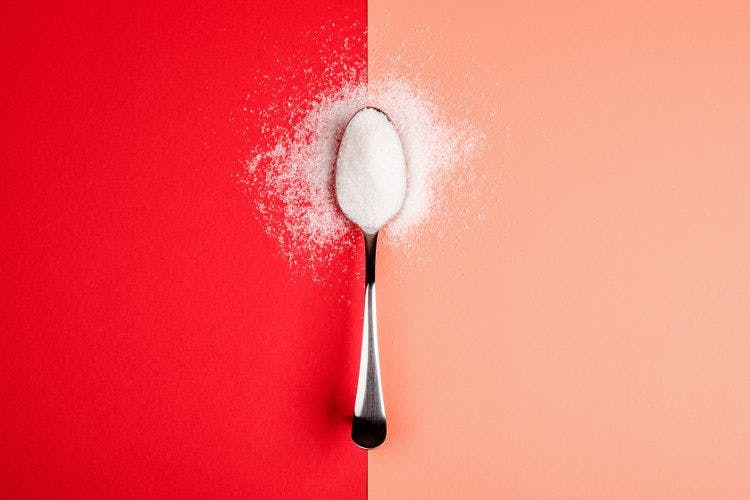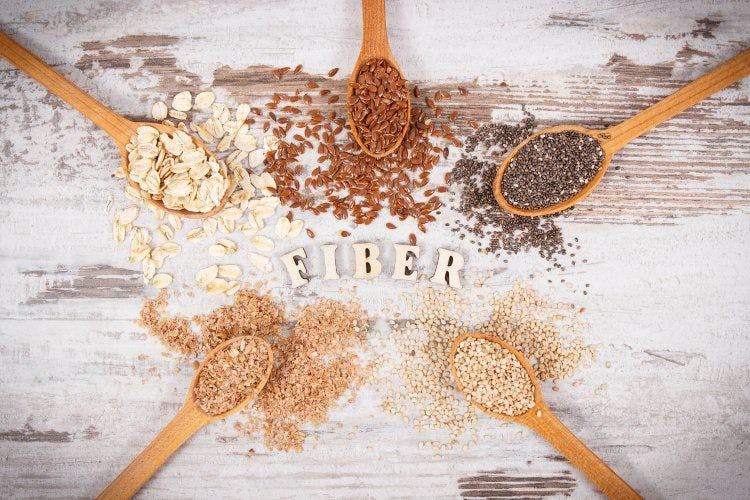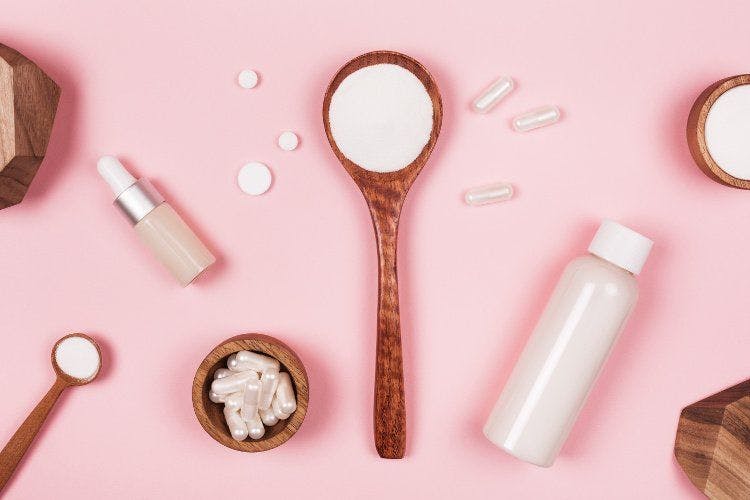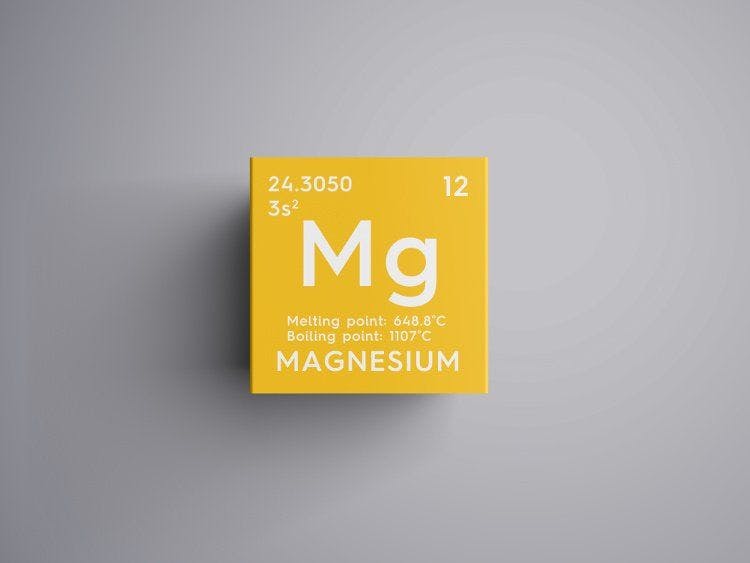2020 Dietary supplement equipment manufacturing update
Recent supplement-manufacturing launches that prove the future is now.
Photo © H_Ko - Stock.adobe.com

Today’s dietary supplement manufacturers have enough on their plates already. On top of new ingredient technologies, regulations, nutrition research, and the inscrutable supplement shopper, do they really want to worry about upgrading their supplement-manufacturing equipment?
Perhaps they should, because those upgrades may help them manage their other stressors that much more easily. What’s more, not taking advantage of the latest equipment benefits will almost surely hold supplement brands back.
That’s certainly been Stan Matthews’ observation. “Nutritional manufacturers are challenged with equipment performance downtime, product yield, and producing quality product, among other things,” says the processing division sales manager for MG America (Fairfield, NJ). Fortunately, makers of supplement manufacturing equipment keep coming up with new solutions.
Stay Flexible
Frederick Murray, president, KORSCH America Inc. (South Easton, MA), also understands the hurdles that supplement manufacturers have to clear these days.
“Key issues include challenging material flow and compression characteristics, batch-to-batch variability of raw materials, and increased pressure to achieve higher overall operating efficiency,” he observes. “This includes the need to run products faster without sacrificing quality, and the requirement to execute fast changeovers to minimize downtime. There’s an increasing trend to produce multilayer tablet formats, too, which requires a highly flexible equipment platform.”
That’s a tall order. And indeed, shifting preferences in delivery formats are a recurring theme in today’s dietary supplement space. Notes Anand Rajan, head of sales, North America, ACG Engineering (Piscataway, NJ), “We’ve recently observed the resurgence of liquid-filled capsules as a platform for new-product development-a segment that’s still primarily catered to by softgels. Customers who want to combine multiple ingredients into a single dose now turn to liquid-fill and combination fill-in hard capsules as a preferred platform.”
This might yield configurations like pellet/beads with liquids, tablets in liquid, and capsules in capsules, he continues. “These novel, customized oral dosage solutions are definitely going to be part of a larger innovation trend coming from the nutritional industry.”
The Fourth Dimension
As will customized nutrition itself. “The supplement industry must cater to a more health-conscious society seeking more personalized products to meet individual needs,” Rajan predicts. And industry 4.0 will help them do it.
“Industry 4.0 is quickly emerging, and leveraging technology is key to future success,” he says.
By “industry 4.0,” Rajan refers to the emerging phenomenon of “smart” machines and even “smarter” factories, where equipment is wirelessly networked and automation, data analysis-even cloud computing and artificial intelligence-take production to a new level of sophistication.
Case in point: Murray notes that his company’s machines feature Smart Industry 4.0 capability and a completely redesigned human-machine interface that gives operators access to online help, including manuals, electrical schematics, assembly drawings, procedures and support videos-all right at the machine.
“Based on the latest Allen-Bradley ControlLogix PLC,” Murray says, “our control system offers a remote troubleshooting capability, and full network connectivity for domain login, batch data, product recipe library, and OPC transfer-of-process parameters to a SCADA or iHistorian.” In other words, the machine hardware can talk to computer software, collecting and analyzing real-time data better to optimize production.
Supplements of the Future
The implications for supplement manufacturing are tantalizing. “Linking the reams of data generated by wearables and other devices to craft custom products in a factory of the future run by AI and inductive automation to provide consumers safe and effective supplements is where industry is heading,” Rajan declares.
There will be complexity along the way, of course-“We expect to see a robust debate about data privacy and ethical technology,” Rajan concedes-but he thinks the result will be “a much more innovative range of customizable and efficacious supplements.”
See what a little equipment upgrading can do?
Here’s a sampling of recent supplement-manufacturing launches that prove the future is now.
Meeting Today’s Needs
KORSCH’s XL 4004 and XT 600 machines are geared-literally-to meeting the challenges facing supplement manufacturers today, Murray says.
How? For one, they offer “specific technical advantages,” including longer filling lengths to ensure precise tablet weight control even at high press speeds, and an “innovative dwell bar design that maintains pressure on the tablet between the pre- and main compression station,” he notes.
Both models boast a fast-change design with an exchangeable turret and the ability to make single and bilayer tablets on the same machine.

(Photo: The KORSCH XL 4004 tablet press can produce single-layer, bilayer, and tri-layer tablet formats, providing flexibility to meet evolving delivery system trends.)
In particular, the XL 4004 model includes an integrated electrical cabinet, torque drive, and fully sealed design “with the inherent capability to produce single-layer, bilayer, and tri-layer tablet formats on the same machine platform,” Murray notes.
And for its part, the XT 600 earns its keep as “a high-speed, high-volume workhorse with single- and bilayer capability, with all our key design advantages in an economical machine platform,” he says.
No More Mix-and-Match
“Traditionally,” MG America’s Matthews says, “capsule filling has necessitated different dosing disks depending on specific fill weights.” His company recently debuted a new design system for its Alterna 70N Tamping Pin Capsule Filler that lets manufacturers use only one dosing disk per capsule size, irrespective of the dose.
Called the EXTRUDOR, the technology eliminates what Matthews describes as the “mix-and-match approach,” simplifying the capsule-filling process while improving dosing accuracy and fill-weight consistency, all thanks to its use of a redesigned dosing container and dosing disk “for excellent product layer uniformity.”
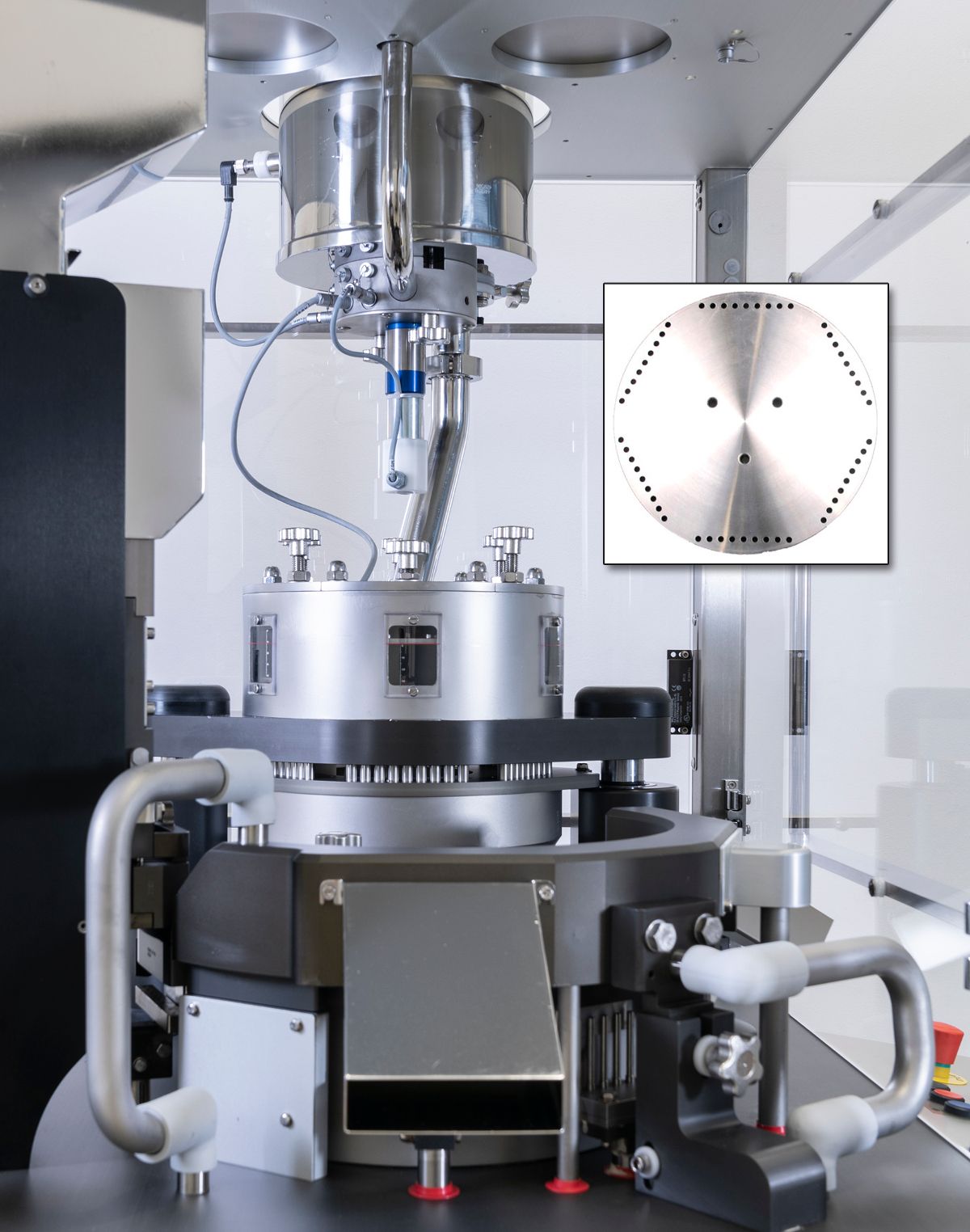
(Photo: MG America’s Alterna 70N Tamping Pin Capsule Filler now features a system called EXTRUDOR, which enables streamlined functions such as one dosing disk that can accommodate multiple capsule sizes.)
“Another advantage of the new EXTRUDOR system is less product waste-a result of a ‘capping’ concept that maintains the powder inside the dosing disk and dosing container,” he continues. “This greatly diminishes powder loss, improves yields, and reduces cleanup time and preventative maintenance costs.” The system promises increased flexibility and smaller parts, too.
The Alterna 70N Tamping Pin Capsule Filler itself features a touchscreen operator-machine interface “for easy control of all machine functions,” Matthews continues. Capable of producing up to 70,000 capsules per hour, the machine has a tamping pin and can handle capsules ranging in size from 00 to 5, DB, elongated.
“Free-From” the Fuss
“Free-from” formulation is the name of the game almost everywhere these days: foods, beverages, cosmetics, and, yes, dietary supplements.
“But with the market trending toward vegan, non-GMO, and additive-free supplements,” ACG Engineering’s Rajan notes, “this poses a unique challenge to manufacturing.”
Namely, manufacturers increasingly granulate supplement ingredients before compression or encapsulation to eliminate the need for additives and achieve better throughputs. “While this approach is capital-intensive initially,” Rajan says, “it provides greater flexibility in the manufacturing and blending of various nutritional supplements.”
His company recently made material changes to its machines’ turrets, increasing their surface hardness to withstand highly abrasive natural supplements. “We’ve also developed pressure rollers with specific hardness targets on compression machines to improve tool life,” he continues, “and we’ve added more intuitive and operator-friendly software that effortlessly cuts setup and changeover times. These advances help industry meet its goals of keeping operational and capital costs low while improving throughput.”
Green Rush
As more supplement brands dip their toes into the cannabis pond, equipment manufacturers are getting a jump on the idiosyncrasies of cannabis production by designing machinery to address the challenges unique to cannabis components like CBD (cannabidiol) and THC (tetrahydrocannabinol).
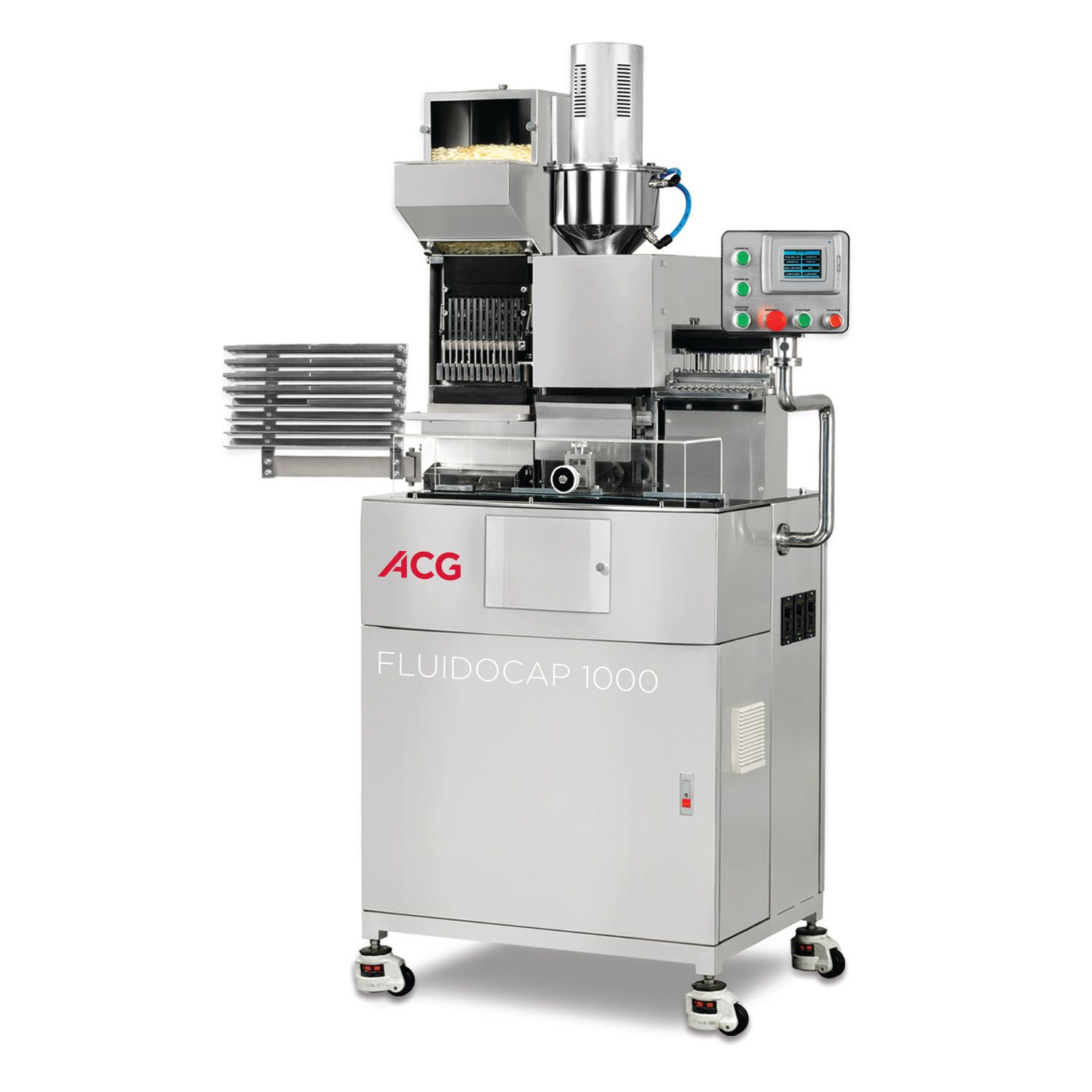
(Photo: ACG’s Fluidocap Series of liquid capsule fillers offers advantages for challenging liquid capsule applications, including cannabis.)
ACG has angled two of its Fluidocap capsule fillers to cannabis products. The Fluidocap 1000 can tackle cannabis-capsule filling, closing, and band-sealing in one semiautomatic unit, while the Fluidocap 70 capsule filler is robust enough to handle the often oily consistency of cannabis-based liquids. Ideal for filling everything from pastes and suspension to thixotropics and hot melts, the Fluidocap 70 can also accommodate formulation viscosities from 10 to 80,000 cps.

Prinova acquires Aplinova to further increase its footprint in Latin America
April 7th 2025Prinova has recently announced the acquisition of Brazilian ingredients distributor Aplinova, which is a provider of specialty ingredients for a range of market segments that include food, beverage, supplements, and personal care.


